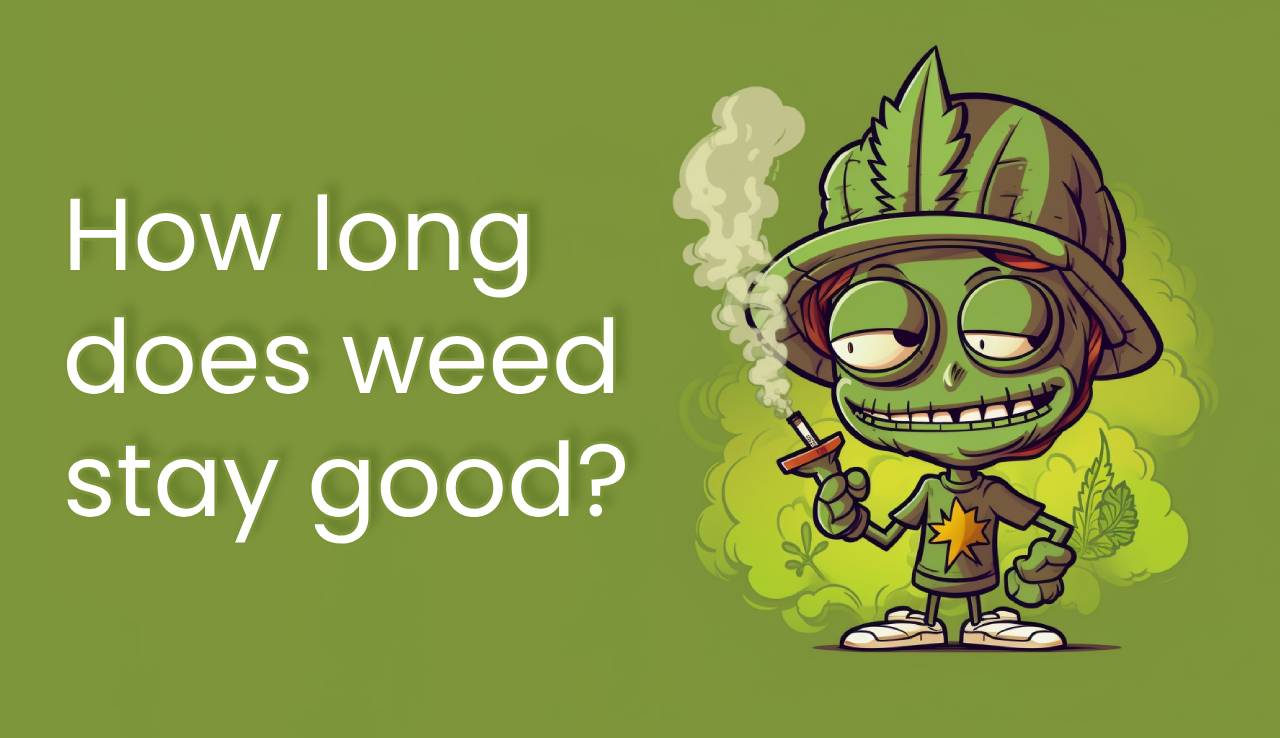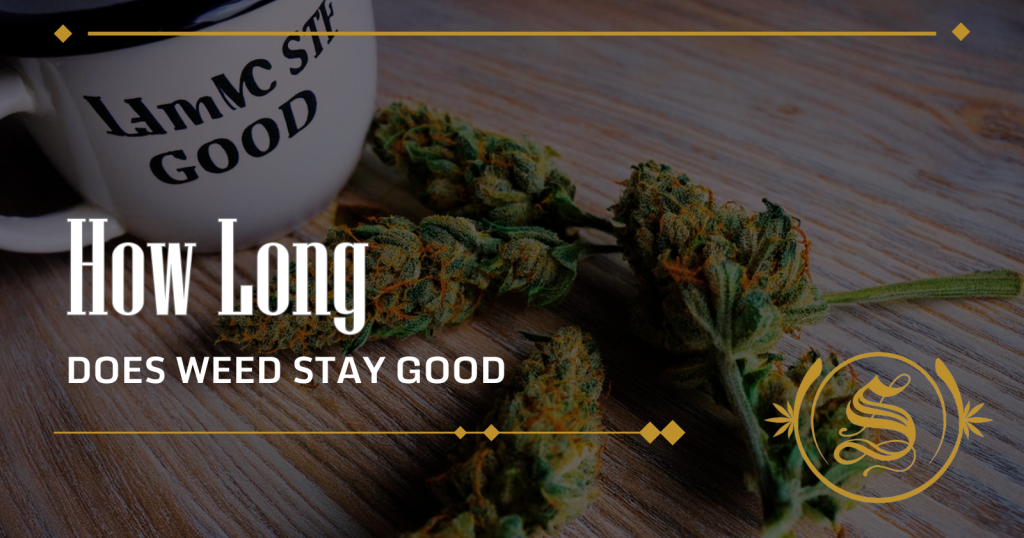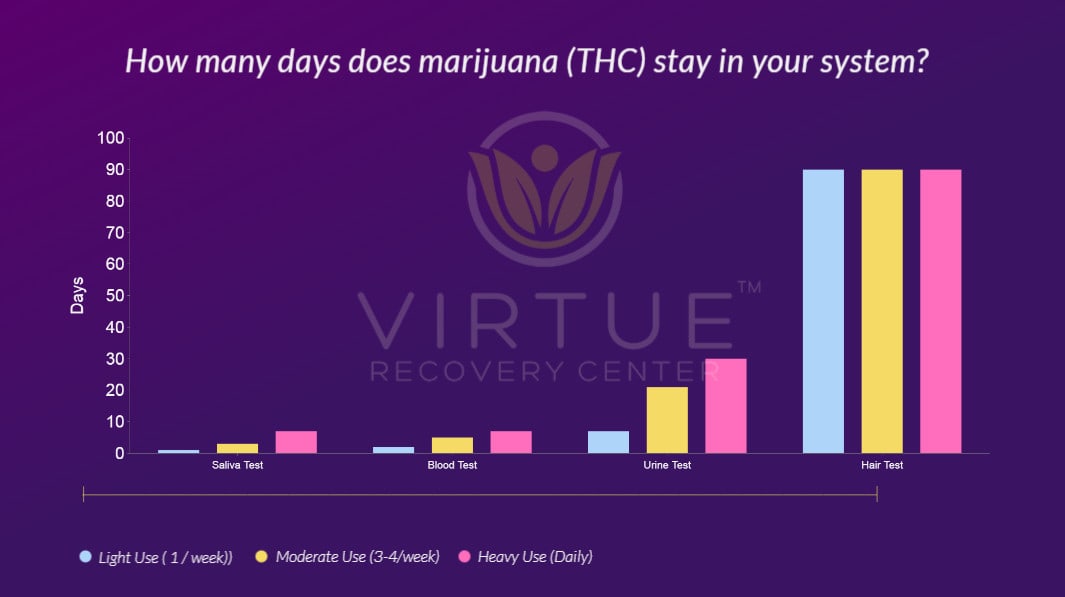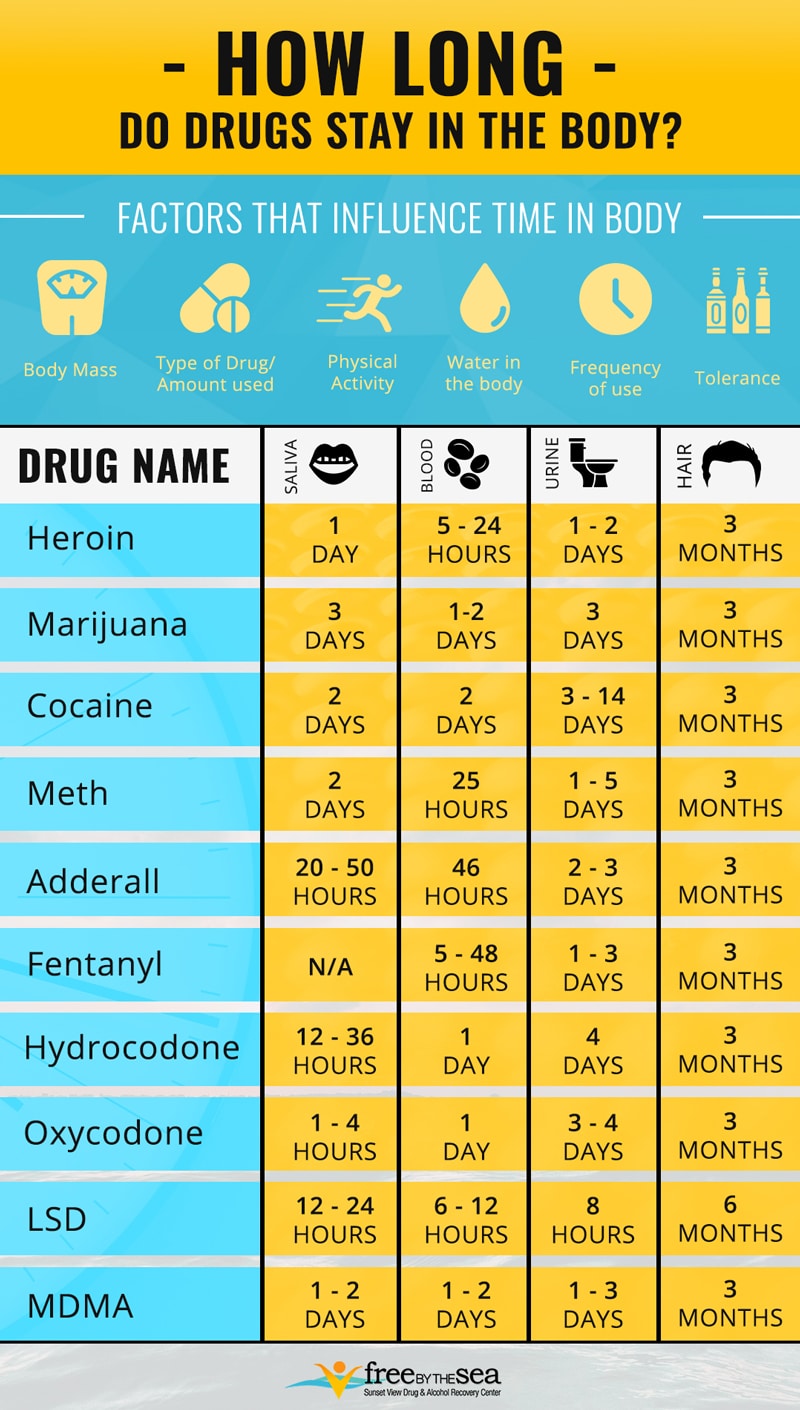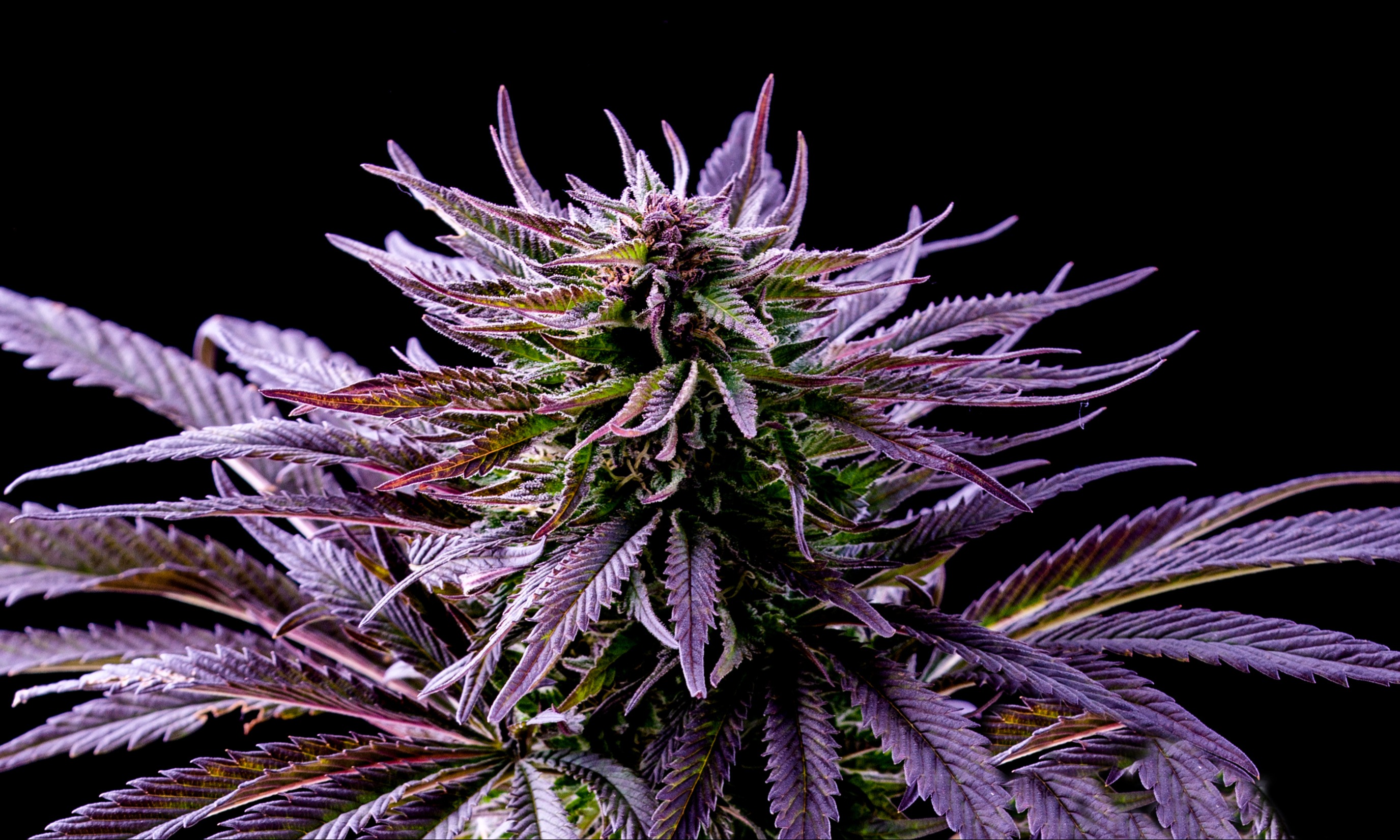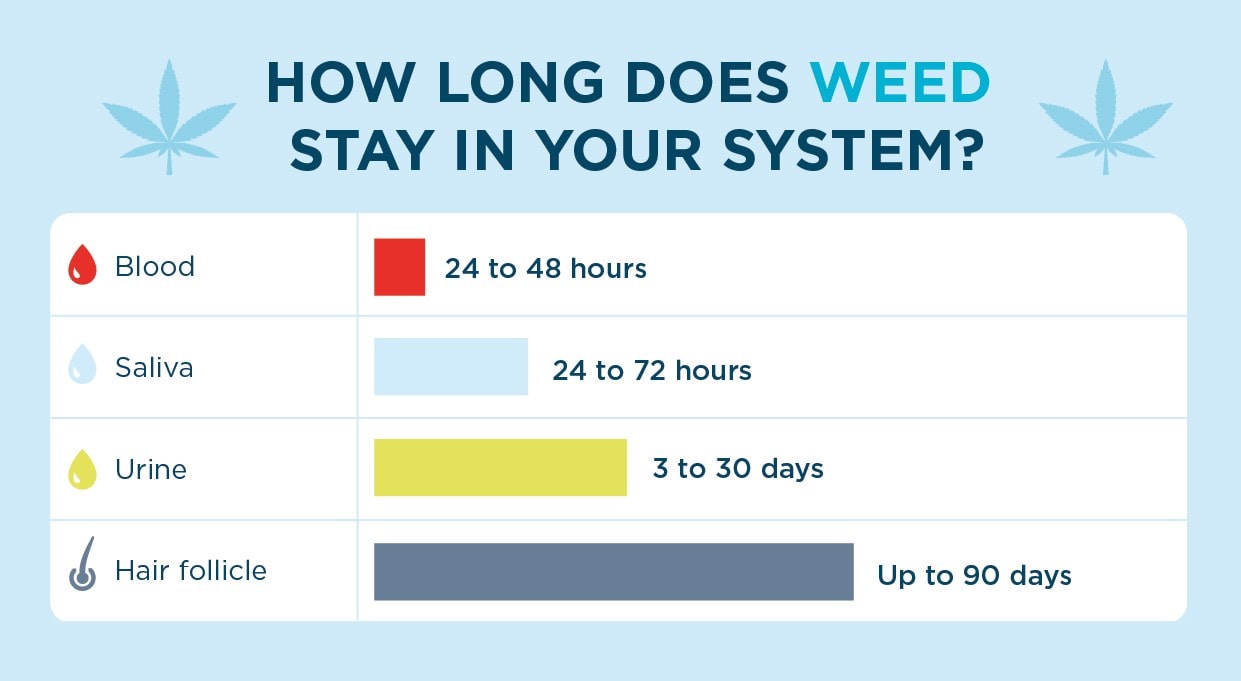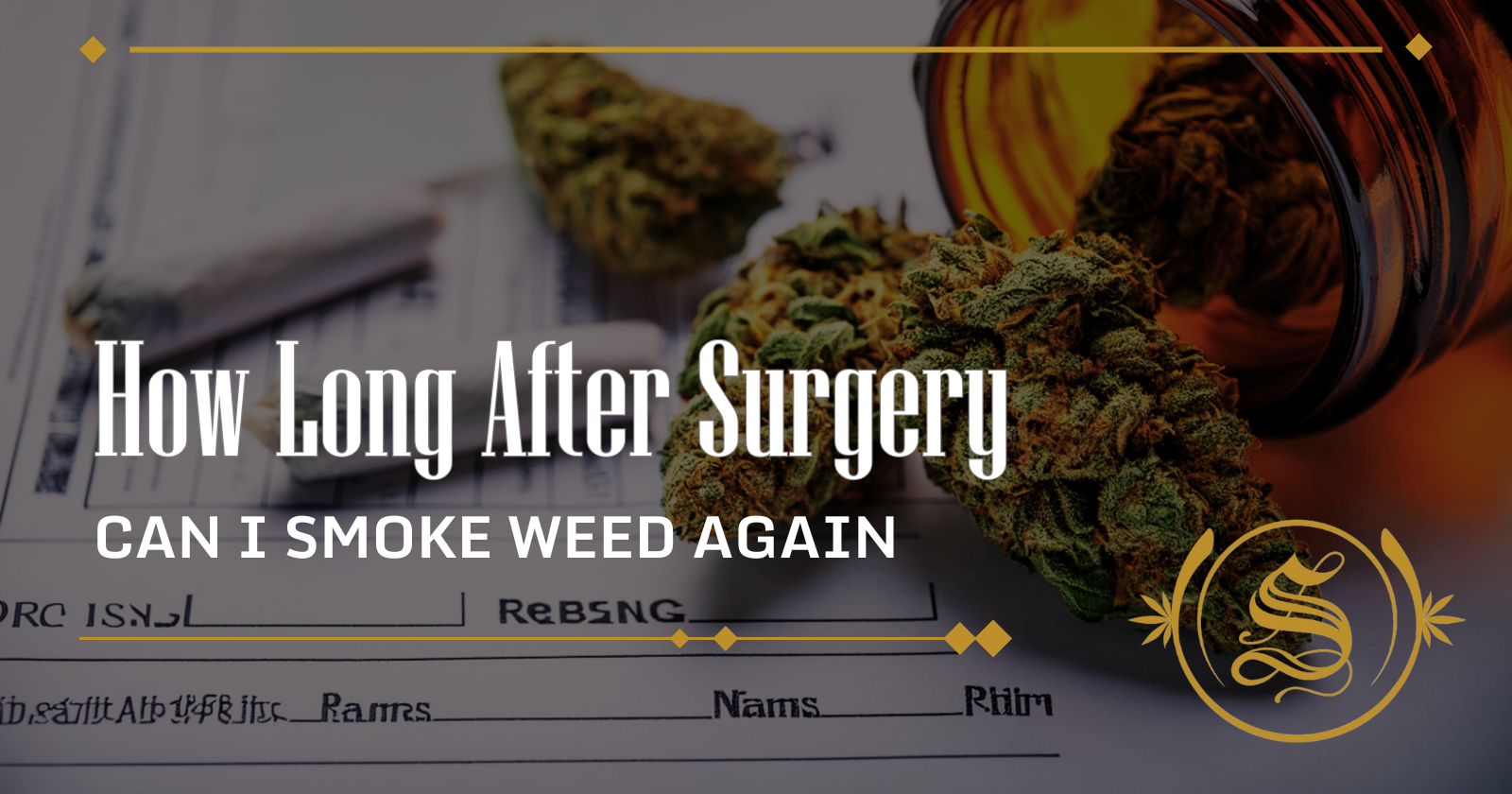How Long Does Weed Stay Good For
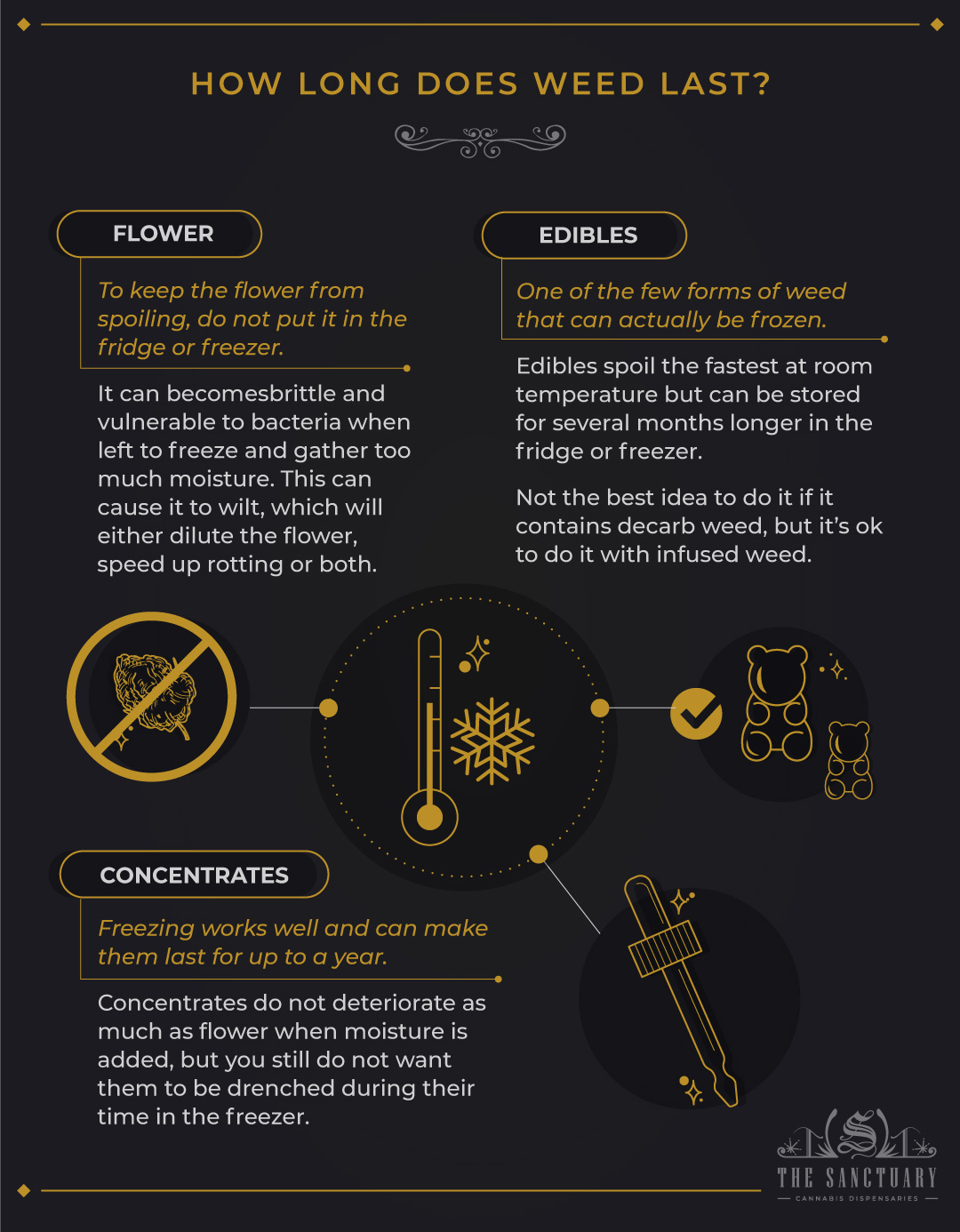
Imagine pulling out a jar of your favorite cannabis flower, the scent still enticing, but a nagging question lingers: Is this still good? The vibrant green has faded slightly, and the once-pungent aroma is a bit muted. It's a scene familiar to cannabis enthusiasts everywhere, a moment of truth where we confront the age-old question of cannabis shelf life.
The core question here is: How long does weed stay good for, and what factors impact its longevity? Understanding the shelf life of cannabis not only saves you money by preventing spoilage but also ensures you're consuming a product that's still potent and enjoyable.
The Science Behind Cannabis Shelf Life
Like any organic material, cannabis degrades over time. This degradation is primarily due to exposure to oxygen, light, heat, and humidity.
These environmental factors influence the breakdown of cannabinoids (like THC and CBD) and terpenes (the aromatic compounds responsible for the plant's unique scents and effects).
When THC degrades, it converts into CBN (cannabinol), a cannabinoid with different, often more sedative, effects.
Proper storage is crucial to slowing down this process. Think of it like storing fine wine or delicate herbs – the right conditions can significantly extend their lifespan and preserve their quality.
Estimating Cannabis Shelf Life
Generally, cannabis can last for 6 months to a year under optimal storage conditions. However, potency and flavor will gradually diminish over time.
Some sources suggest that cannabis can remain usable for up to two years, but significant degradation in quality is almost inevitable after the one-year mark.
The key is to minimize exposure to the elements that contribute to its breakdown.
Factors Affecting Shelf Life
Light: Ultraviolet (UV) light is a major enemy of cannabis. It accelerates the degradation of cannabinoids.
Air: Oxygen also contributes to the breakdown of THC and other compounds. Minimize air exposure as much as possible.
Temperature: High temperatures can cause cannabis to dry out and lose its potency and flavor. Avoid storing cannabis in hot environments.
Humidity: Too much humidity can lead to mold growth, rendering the cannabis unusable and potentially harmful. Too little humidity can dry it out and make it brittle.
Optimal Storage Practices
To maximize the shelf life of your cannabis, follow these storage tips. These methods will help maintain the quality and potency of your stash.
Airtight Containers
Invest in airtight containers, preferably made of glass. Mason jars or specialized cannabis storage containers are excellent options.
These containers help minimize air exposure and maintain the desired humidity level.
Make sure the container is opaque or kept in a dark place to protect from light.
Cool, Dark Place
Store your cannabis in a cool, dark place. A pantry, cupboard, or drawer away from direct sunlight are suitable options.
Avoid storing cannabis in the refrigerator or freezer unless absolutely necessary. Fluctuations in temperature and humidity can actually accelerate degradation.
If freezing, ensure the cannabis is completely airtight to prevent freezer burn.
Humidity Control
Maintain a relative humidity level of 59% to 63%. This range prevents both mold growth and excessive drying.
Use humidity packs, like those from Boveda or Integra Boost, to regulate the moisture level within the container.
These packs are designed to either absorb excess moisture or release moisture as needed, ensuring optimal conditions.
Avoid Plastic Bags
Plastic bags are not ideal for long-term cannabis storage. They are often permeable to air and light and can also introduce static electricity, which can damage the trichomes (the resin glands that contain cannabinoids and terpenes).
Stick to glass or other non-reactive materials for the best results.
Identifying Spoiled Cannabis
Knowing how to spot spoiled cannabis is just as important as knowing how to store it properly. Here are some signs that your weed has passed its prime:
Visual Inspection
Look for changes in color and texture. Fresh cannabis typically has vibrant green hues, while spoiled cannabis may appear brown, yellow, or dull.
Mold growth is a clear sign of spoilage. Look for white or gray fuzzy patches on the buds.
Also, observe the trichomes. Healthy trichomes are usually milky white or amber in color. If they are dark or brittle, the cannabis may be past its prime.
Smell
The aroma of cannabis should be distinct and pleasant. If the cannabis smells musty, moldy, or like hay, it has likely degraded.
A loss of the characteristic terpenes is also an indicator of spoilage.
Trust your nose – if it doesn't smell right, it's best to err on the side of caution.
Texture
Overly dry cannabis will crumble easily and may lack potency.
Extremely moist cannabis is at risk of mold growth.
The ideal texture is slightly sticky but not overly moist or dry.
The Impact of Degradation
Consuming degraded cannabis is not necessarily dangerous, but it will likely be less potent and flavorful. As THC degrades into CBN, the effects may shift towards more sedative qualities.
The risk of mold contamination is the biggest concern. Inhaling mold spores can cause respiratory issues, especially for individuals with weakened immune systems.
If you suspect your cannabis is moldy, discard it immediately.
Long-Term Storage Strategies
For those planning to store cannabis for longer periods, consider vacuum sealing it in airtight bags before placing it in a glass container. This minimizes air exposure.
Proper humidity control is even more critical for long-term storage. Monitor the humidity levels regularly and replace humidity packs as needed.
Freezing cannabis is a viable option for very long-term storage, but it should be done with extreme care to prevent moisture damage.
Conclusion
Preserving the quality of your cannabis is a simple matter of understanding the factors that contribute to its degradation and taking proactive steps to mitigate them. By storing your cannabis in airtight containers, away from light, heat, and excessive humidity, you can significantly extend its shelf life and enjoy its full potency and flavor for months to come. It's an investment in the experience, ensuring that each session is as enjoyable as the first.

